How Are Gum Inflammation and Gum Bleeding Related?
Gum issues are a common concern for many Americans, impacting overall oral health significantly. From minor irritations to severe conditions, the health of your gums can indicate much about your general health. Two of the most prevalent symptoms people experience are gum inflammation and gum bleeding. Although they might seem like different issues, these symptoms are closely intertwined. Understanding their relationship is essential for effective treatment and prevention of more severe gum diseases. This article will delve into how gum inflammation and gum bleeding are related, why they occur, and what steps can be taken to mitigate these issues.
Understanding Gum Inflammation
Gum inflammation, medically termed as gingivitis, is the earliest stage of gum disease, characterized by redness and swelling of the gums. This condition is typically caused by the buildup of plaque, a sticky film of bacteria, on the teeth. If not removed through regular brushing and flossing, these bacteria irritate the gums, causing them to become inflamed. According to the American Dental Association, gingivitis affects nearly half of the adult population in the United States, making it a widespread issue. Early detection is vital, as untreated gingivitis can progress to more severe forms of periodontal disease, affecting the tissue and bone supporting the teeth.
The Causes of Gum Bleeding
Gum bleeding is often a warning sign that your gums are inflamed. When your gums are healthy, they should not bleed during brushing or flossing. Bleeding gums are often an indication of gingivitis, as inflamed gums become more sensitive and prone to bleeding. However, gum bleeding can also result from other factors such as aggressive brushing, incorrect flossing methods, or even systemic health issues like diabetes or vitamin deficiencies. According to the Centers for Disease Control and Prevention, gum bleeding is a symptom experienced by about 47% of adults past the age of 30, underscoring its prevalence and the need for awareness and prevention.
The Connection Between Inflammation and Bleeding
Gum inflammation and bleeding are closely linked since inflammation leads to increased blood flow to the gums. This increased blood flow, while part of the body's natural defense mechanism, also makes gum tissues more susceptible to bleeding, especially when irritated further by brushing or flossing. This relationship indicates that bleeding is a direct consequence of ongoing inflamed states within the gum tissues. Research published in the Journal of Clinical Periodontology suggests that inflammation is a critical factor leading to bleeding, making it essential to address inflammatory symptoms promptly to prevent bleeding and further complications.
Preventing Gum Issues
Prevention of gum inflammation and bleeding primarily involves good oral hygiene practices. Brushing twice daily with a fluoride toothpaste and regular flossing can significantly reduce plaque buildup, thereby minimizing the risk of inflammation and subsequent bleeding. Additionally, regular dental check-ups and cleanings play a crucial role. Health professionals can provide personalized advice and ensure that any early signs of gum disease are addressed promptly. A balanced diet rich in vitamins and minerals also supports gum health by bolstering the immune system’s ability to resist infections. Dentistry Toothtruth provides a wealth of dental health resources that can assist in maintaining optimal oral hygiene.
Conclusion and Action Steps
Understanding the relationship between gum inflammation and bleeding highlights the importance of addressing the root causes to maintain overall oral health. By focusing on prevention strategies such as maintaining good oral hygiene, attending regular dental check-ups, and adjusting lifestyle factors, you can significantly reduce the risk of developing these symptoms. If you notice persistent gum issues, seeking advice from a dental professional is crucial to prevent further complications and ensure a healthy smile. For more detailed insights and expert advice, visit Dentistry Toothtruth for comprehensive guidance on oral health best practices.

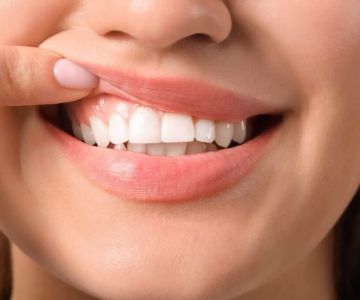
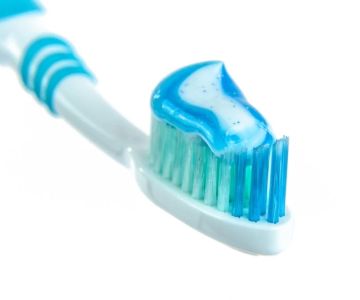
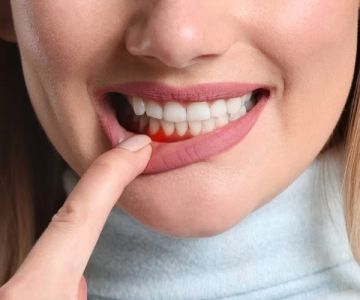
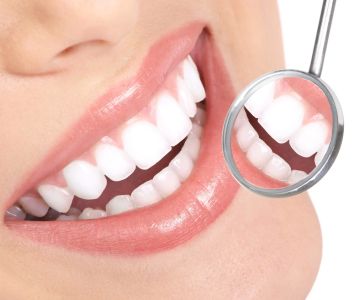

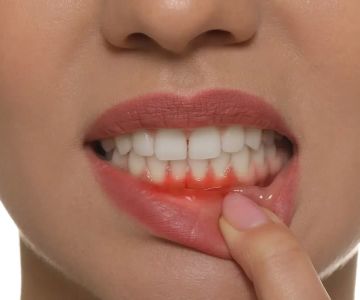
 Village Dental Center5.0 (393 review)
Village Dental Center5.0 (393 review) Amara Dental of South Plainfield4.0 (122 review)
Amara Dental of South Plainfield4.0 (122 review) Temescal Dental of Corona0.0 (0 review)
Temescal Dental of Corona0.0 (0 review) TRU DENTAL4.0 (325 review)
TRU DENTAL4.0 (325 review) Cuozzo Orthodontic Specialists4.0 (18 review)
Cuozzo Orthodontic Specialists4.0 (18 review) Hoffman Estates Dental Professionals4.0 (158 review)
Hoffman Estates Dental Professionals4.0 (158 review) The Importance of Oral Health Education During Pregnancy for a Healthy Pregnancy
The Importance of Oral Health Education During Pregnancy for a Healthy Pregnancy Best Tips for Brushing Your Teeth Properly for Healthy Gums: Essential Techniques for Oral Health
Best Tips for Brushing Your Teeth Properly for Healthy Gums: Essential Techniques for Oral Health Why Skipping Dental Checkups Can Lead to Bigger Oral Health Problems
Why Skipping Dental Checkups Can Lead to Bigger Oral Health Problems Advantages of Porcelain Dental Restorations
Advantages of Porcelain Dental Restorations How Can Diabetes Cause Tooth and Gum Problems? Preventing and Managing Oral Health Issues
How Can Diabetes Cause Tooth and Gum Problems? Preventing and Managing Oral Health Issues Healthy Habits for Promoting Good Oral Health and Hygiene: Tips for a Healthy Smile
Healthy Habits for Promoting Good Oral Health and Hygiene: Tips for a Healthy Smile